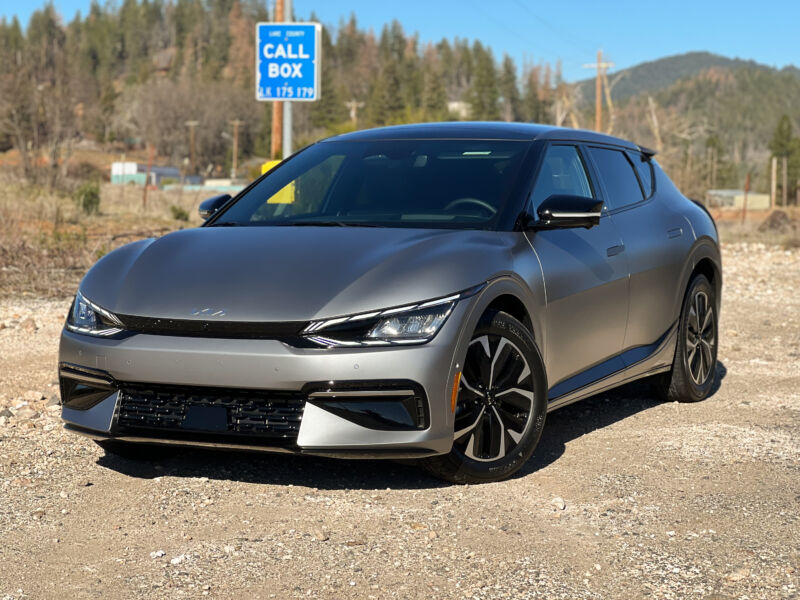
Enlarge / Master Chief leads Silver Team through the series' new "Silver" timeline. (credit: Paramount+)
After years of teases, announcements, and false starts, a Halo TV series starring Master Chief is finally on the verge of existing—and its first substantial, dialogue-filled trailer landed on Sunday with equal parts clarification and confusion.
The flashy, two-minute trailer arrived days after a major announcement last week from Halo's narrative handlers at 343 Industries: this new TV series, exclusive to Paramount+, will not be part of the game series' official canon. That might have been good information to flash on the trailer itself, as fans otherwise may have missed the memo and wondered why this trailer rewrites a couple of plot cornerstones.
Longtime series scribe Frank O'Connor described the creative decision behind moving the TV series forward with a mix of familiar and brand-new plot elements. "We want to use the existing Halo lore, history, canon, and characters wherever they make sense for a linear narrative but also separate the two distinctly so that we don’t invalidate the core canon or do unnatural things to force a first-person video game into an ensemble TV show," he wrote. O'Connor clarified that all things Halo up until this point, including games, comics, novels, and online errata, count as "core canon" for the series, while the TV show will exist as a "parallel, similar, but separate timeline," officially dubbed the "Silver timeline."











